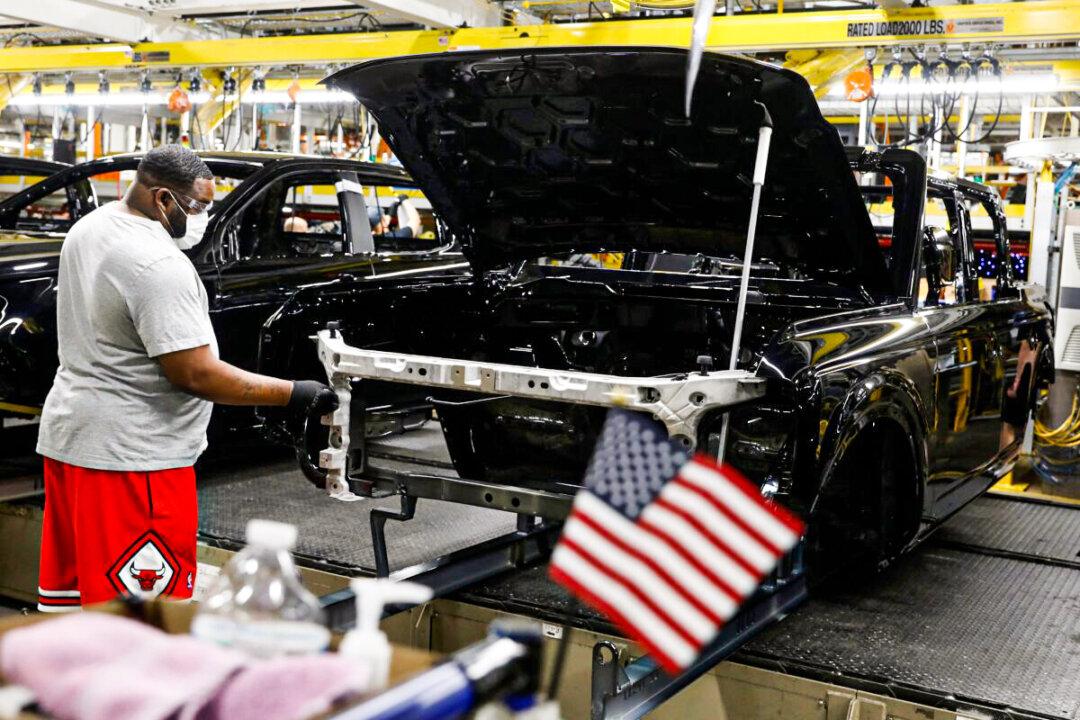U.S. businesses are dealing with growing inflationary pressures with rising input costs, material shortages, and unresolved supply issues being key drivers.
Among manufacturers, 86.4 percent stated that their primary current business challenge was an increase in raw material prices, according to a third-quarter outlook survey by the National Association of Manufacturers (NAM).





